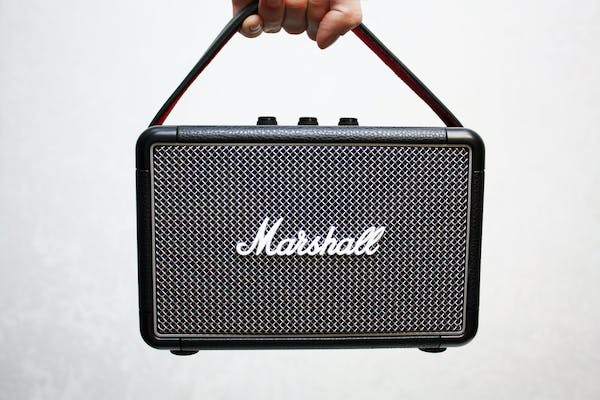
13 Jul ASK A FUTURIST: HOW IS SOUND AND AUDIO TECHNOLOGY EVOLVING?
Like audio futurists, sound consultants and technology keynote speakers have posited, the field is broad and diverse, encompassing a range of types and categories. So when you ask about the future of music, movie soundtracks, smart devices, etc. it’s important to think about the many sources of acoustic and digital tunes or effects you may encounter. Serving as audio futurists and keynote speakers, it makes sense to recap a few of the more popular ones:
Music: Can encompass a wide variety of genres, instruments, and styles, from classical symphonies to modern pop songs, electronic music, and more.
Speech: Spans spoken word recordings such as podcasts, audio books, radio broadcasts, voice-overs in films or animations, and more.
Sound Effects (SFX): Artificially created or enhanced sounds used to emphasize artistic or other content. You can find them in a variety of media including movies, television shows, video games, and theater productions, as audio futurists and keynote speakers often mention.
Ambient/Nature: These are background sounds that are present in a scene or location. Examples include forest sounds, ocean waves, birds chirping, city sounds, etc.
Foley: A type of sound effect added to films, video, and other media in post-production to enhance audio quality. Think footsteps, the rustling of clothing, or other background noise.
Field Recordings: Audio captures produced outside a recording studio. The term also applies to recordings of concerts and rehearsals, among other things.
Synthesized Sounds: Generated electronically, often through a synthesizer. Can mimic real-world sounds or produce sounds that are entirely unique.
Soundscapes: Can refer to both natural acoustic environments and artificial sound environments, often used in filmmaking, game design, and music production.
Dialogue: In filmmaking, television production, theater, and radio this refers to the verbal interactions between characters.
Acousmatic Sound: Heard without an originating cause being seen, often used in music, filmmaking, and sound design.
Audio Signals: In terms of technical aspect, audio can also be classified into Analog and Digital signals. Per audio futurists and keynote speakers, analog signals are continuous waveforms and digital signals are discrete.



